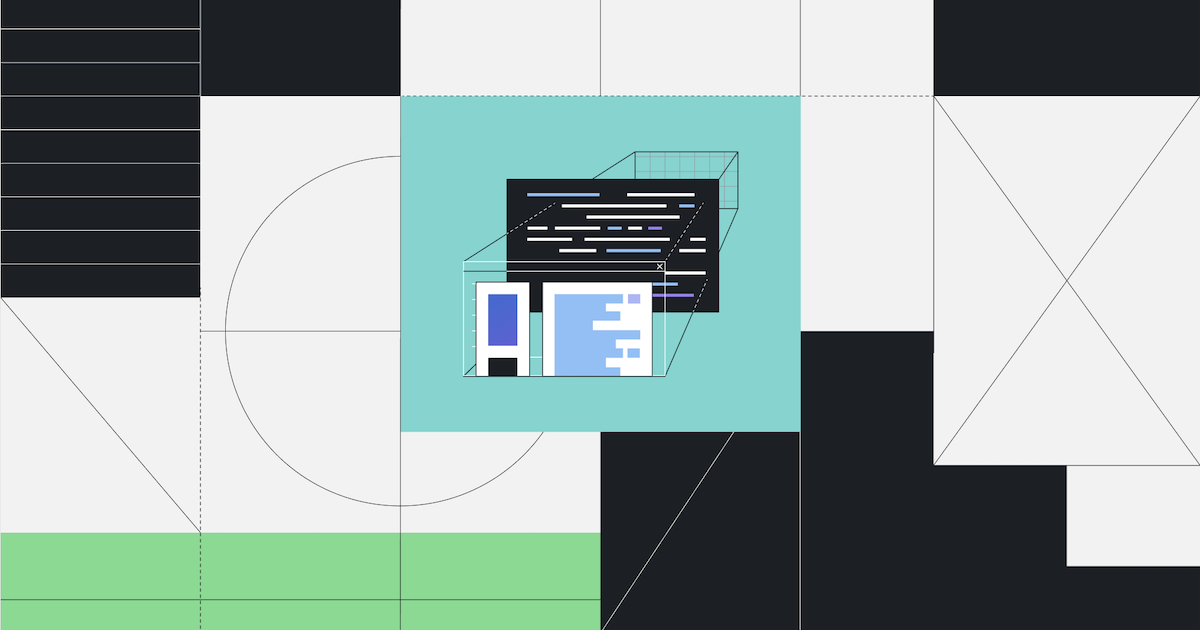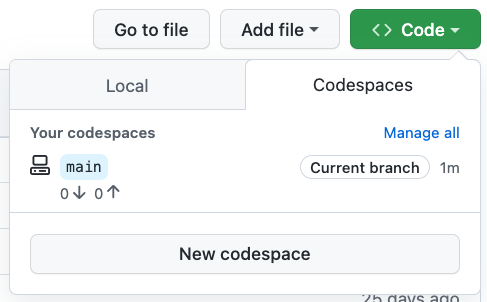
GitHub Availability Report: March 2024
In March, we experienced two incidents that resulted in degraded performance across GitHub services.
Codespaces is a great tool for technical hiring exercises and helps level the playing field for candidates.

Technical interviews are the worst. Getting meaningful signal from candidates without wasting their time is notoriously hard. Thankfully, the industry has come a long way from brainteaser-style questions and interviews requiring candidates to balance a binary tree with dry erase markers in front of a group of strangers. There are more valuable ways to spend time today, and in this post, I’ll share how our team at GitHub adopted Codespaces to streamline the interview process.
My team at GitHub found itself in hiring mode in early 2021. Most of the work we do is in Rails, and we opted to leverage an existing exercise for our technical screen. We asked candidates to make some API improvements to a simple Rails application. It’s been around for many years and has had most of its sharp edges sanded smooth. There is some CI magic to get us started in evaluating a new submission. We perform a manual evaluation using a rubric that is far from perfect but at least well-understood. So we deployed it and started looking through the submissions, a task we expected to be routine.
Despite all the deliberately straightforward decisions to this point, we had some surprises right away. It turned out this exercise hadn’t been touched in a couple of years and was running outdated versions of Ruby and Rails. For some candidates, the experienced engineers already writing Rails apps for a living, this wasn’t much of an obstacle. But a significant number of candidates were bogged down just getting their local development environment up and running. A team looking only for senior engineers might even do something like this deliberately, but that wasn’t true for my team. The goal of the exercise was to mirror the job, and this wasn’t it. Flailing for half your alotted time on environment set-up issues tells us virtually nothing about how successful candidates would be at the technical work we do.
We immediately did the obvious work of updating Ruby, Rails, and all of the app’s dependencies. This was necessary but felt insufficient. How could we prevent a future team from making the same mistake? How could we help other growing teams (or even future us) fall into the proverbial pit of success? It was around this time that the Codespaces Computer Club started gaining traction internally. I don’t tend to be the first person to jump into a newfangled cloud-based dev environment. Many years have gone into this .vimrc and I like it just how it is, thank you very much. Don’t move my cheese, particuarly not to The Cloud. But even I had to admit that Codespaces is an excellent tool, aimed squarely at solving these kinds of problems, and we gave it a look.
So what is Codespaces? In short: a cloud-based development environment. Built atop Visual Studio Code’s Remote Containers, Codespaces allow you to spin up a remote development environment directly from a GitHub repository. The Visual Studio Code web interface is instantly available, as is Visual Studio Code on the desktop. Dotfiles and ssh are supported, so the terminal-oriented folks (🖐) need not abandon their precious .vimrc!

The containerized development environmentment is perfectly predictable, frozen in time like Han Solo in Carbonite. We can prebuild all of the dependencies, and they remain at that version for as long as the codespace configuration is unchanged. This removes an entire class of meaningless problems from the candidate’s experience. Experienced developers who have a finely tuned local environment can still use it; enabling Codespaces has no impact on the ability to do it locally. Clone the repository and do your thing. But the experience of being quickly dropped into a development environment that’s perfectly tuned for the task at hand is pretty cool!

Dropping the candidate into a finely honed environment, suited to the task at hand, has myriad benefits. It eliminates the random starting point, leveling the playing field for candidates of varying backgrounds all over the world. No assumptions need be made about the hardware or software they have access to. With internet access and a browser, you have everything you need!
The advantages extend to pairing exercises, too. There’s good reason for a candidate to have anxiety pairing in an interviewing context. Perhaps the best way to fray nerves is to start with a broken dev environment. Maybe the candidate is using a work machine, and the app they maintain at work is on an older version of Rails. Maybe this is a personal machine, but their bird watching hobby yields terabytes of video and bundle install just ran out of disk space. Even if it’s a quick fix, a nervous candidate isn’t performing at the level they would in their normal work. Working in a codespace lets us virtually eliminate this pitfall and focus on the pairing task, yielding higher signal about the skills we really intend to measure.
This has turned out to be a terrific improvement in our hiring process, appreciated by both candidates and interviewers. Visual Studio Code has great tooling for adding Codespaces support to an existing project, and you can probably have something that works in a single afternoon. Check it out!